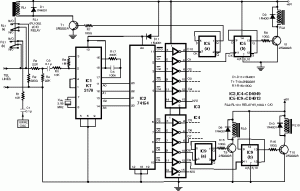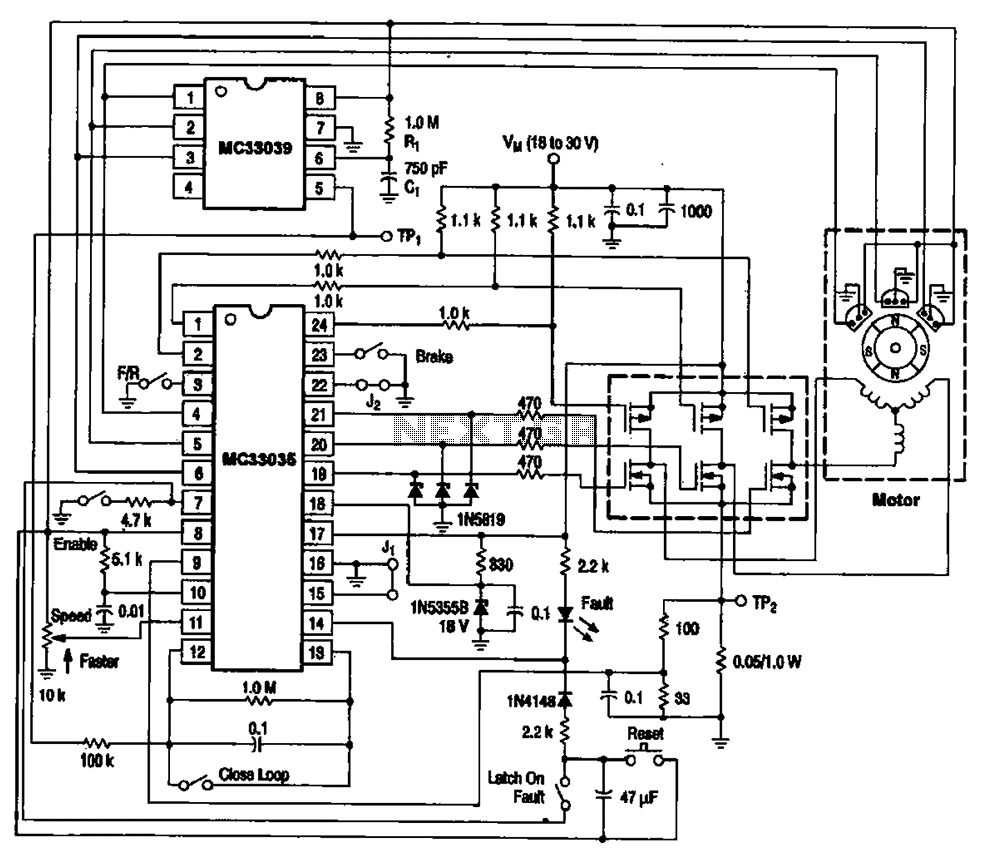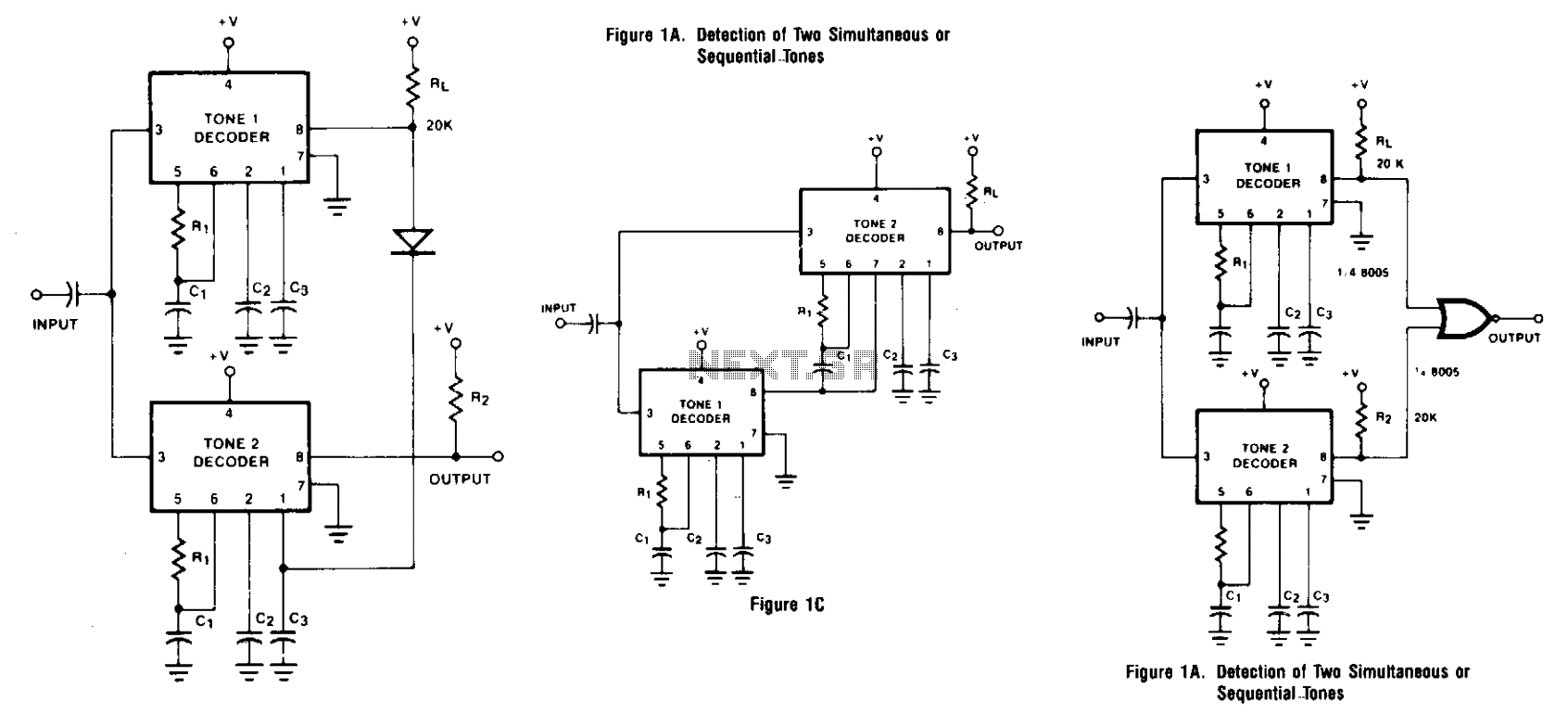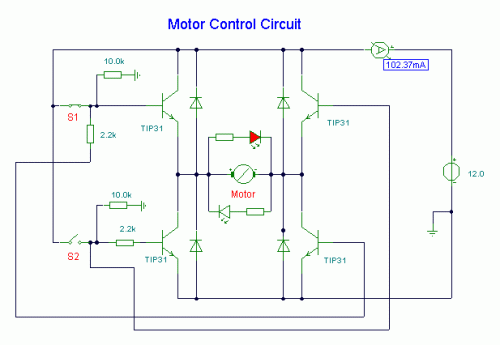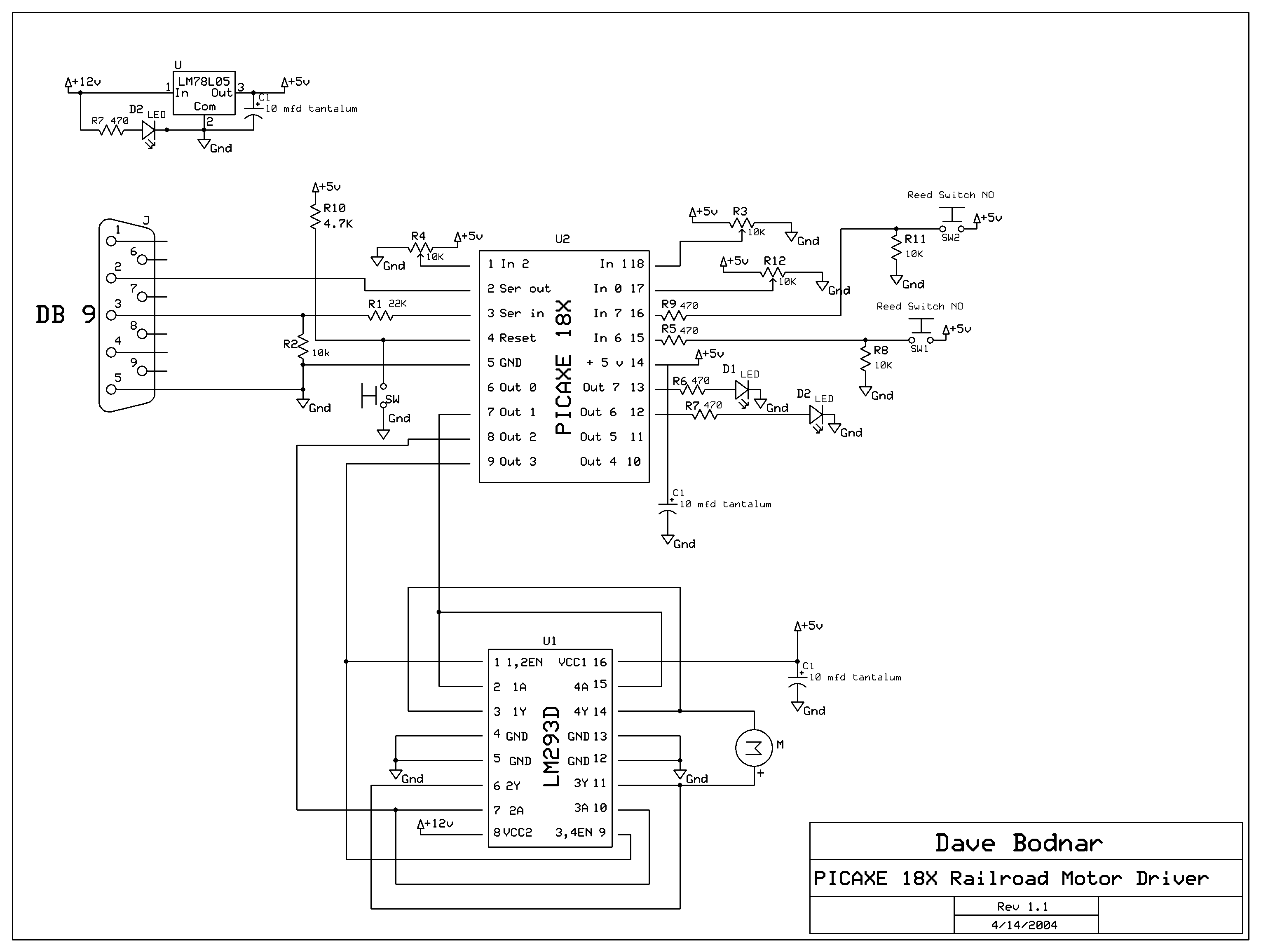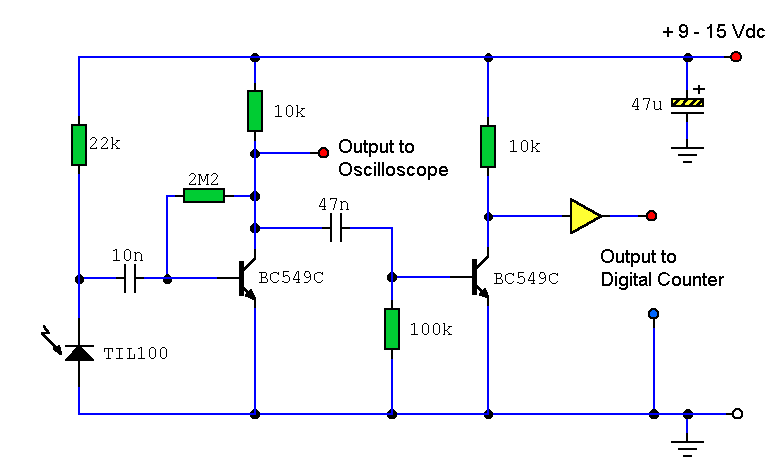
A tone control that works
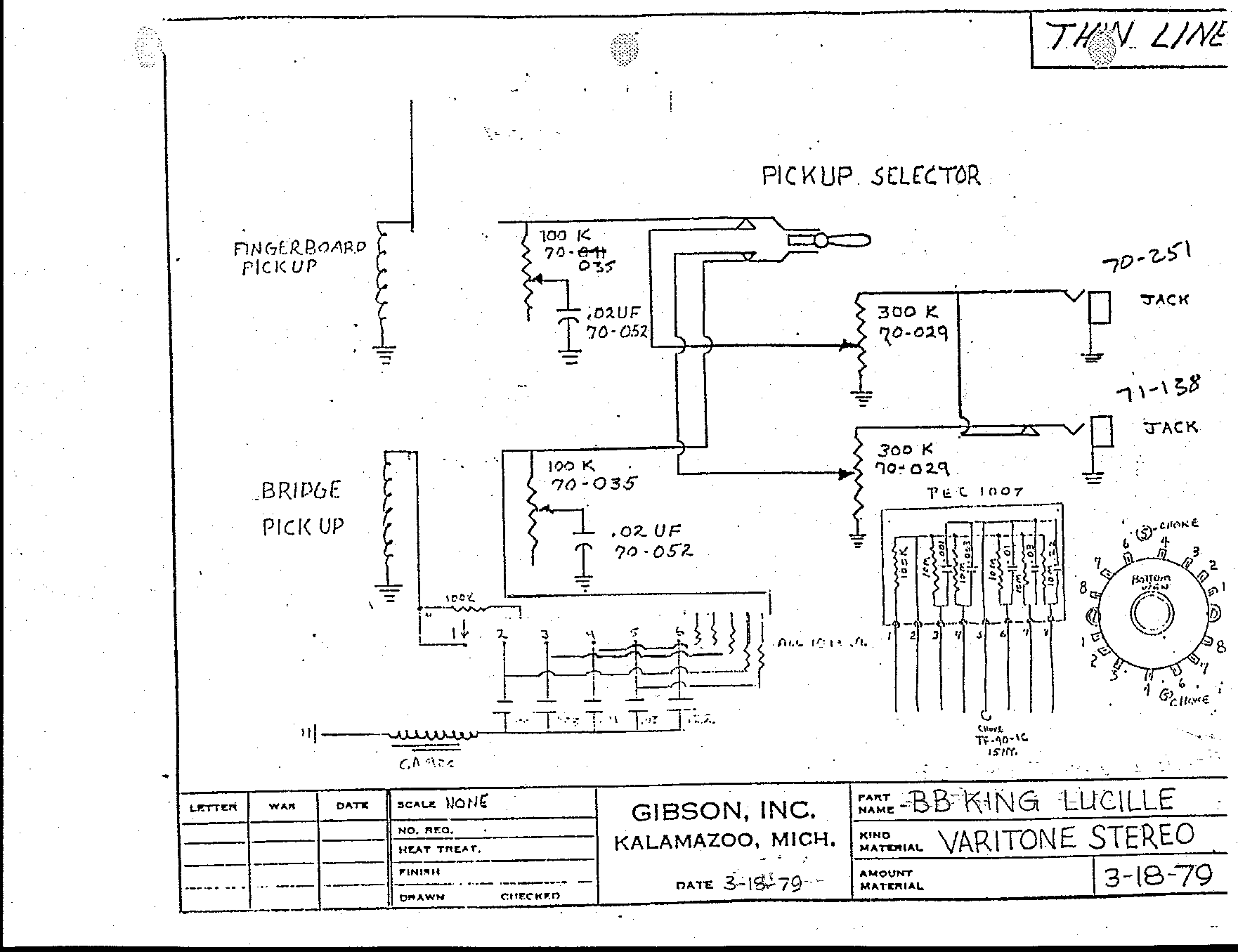
A rotary 3-position, 3-pole switch. In one pole, a capacitor is connected to the other pole, with no bleeding from one capacitor to another.
A rotary switch with three positions and three poles is a versatile component often used in electronic circuits to control multiple functions or signal paths. Each pole can independently connect to one of the three positions, allowing for different circuit configurations depending on the switch's rotation.
In this particular design, the switch features a configuration where one pole connects to a capacitor, facilitating the transfer of signals or power while isolating the other poles. This is crucial in applications where signal integrity is paramount, as it prevents any unwanted interaction or "bleeding" of signals between capacitors. The absence of bleeding ensures that each circuit path remains distinct and operates independently, which is especially important in audio applications or other sensitive electronic devices.
The rotary switch is typically mounted on a panel or PCB, and its mechanical design allows for easy user interaction. The three positions can be labeled for clarity, indicating the specific function each position serves. This configuration is ideal for applications such as tone control in audio equipment, where different capacitors can be used to modify the frequency response of the circuit, or for selecting between different operational modes in a device.
Overall, the use of a rotary 3-position, 3-pole switch with careful consideration of capacitor connections enhances circuit functionality and reliability, making it a valuable component in various electronic designs.Originally Posted by dscottguitars A rotary 3 position 3 pole switch. In one pole, through a cap out the other pole, no bleeding from one cap to the.. 🔗 External reference
A rotary switch with three positions and three poles is a versatile component often used in electronic circuits to control multiple functions or signal paths. Each pole can independently connect to one of the three positions, allowing for different circuit configurations depending on the switch's rotation.
In this particular design, the switch features a configuration where one pole connects to a capacitor, facilitating the transfer of signals or power while isolating the other poles. This is crucial in applications where signal integrity is paramount, as it prevents any unwanted interaction or "bleeding" of signals between capacitors. The absence of bleeding ensures that each circuit path remains distinct and operates independently, which is especially important in audio applications or other sensitive electronic devices.
The rotary switch is typically mounted on a panel or PCB, and its mechanical design allows for easy user interaction. The three positions can be labeled for clarity, indicating the specific function each position serves. This configuration is ideal for applications such as tone control in audio equipment, where different capacitors can be used to modify the frequency response of the circuit, or for selecting between different operational modes in a device.
Overall, the use of a rotary 3-position, 3-pole switch with careful consideration of capacitor connections enhances circuit functionality and reliability, making it a valuable component in various electronic designs.Originally Posted by dscottguitars A rotary 3 position 3 pole switch. In one pole, through a cap out the other pole, no bleeding from one cap to the.. 🔗 External reference
